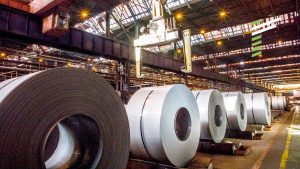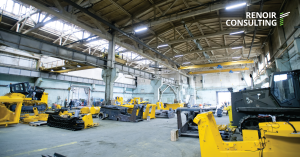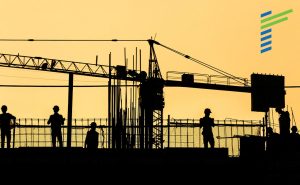Background
The electricity distribution sector is a crucial part of the overall power system and plays a vital role in ensuring the reliable and efficient delivery of electricity to customers.
Our client is a South American electricity distribution company that serves 24 municipalities in its home country, including its state capital. Considered to be the largest distribution company in its home country (in terms of energy distributed), the client operates in a concession area with a high population density.
Analysis
The client recognised that there were opportunities to reduce its operating costs by streamlining material usage and reducing wastage. Since we already had a long-standing relationship with the client, we were asked to implement control and traceability in the materials used by its field teams.
In the 33-week project, we worked with representatives from the IT, Supplies, Purchases, Facilities, Finance, and Business Support departments. The project itself comprised two phases:
PHASE 1 (14 weeks)
We documented the organisation's as-is processes, and designed the to-be processes (built into a dashboard) to consolidate the movement of the materials by vehicles.
PHASE 2 (19 weeks)
We developed a blueprint to systematise the project‘s control solutions, and implemented it within the warehouses of three business units involved in the project.
Project Implementation
There was a strong culture of active knowledge transfer happening throughout the project period. We trained the client-side teams at all levels; as a result, they were able to foster sustainability and embed a culture of continuous improvement.
This is what we achieved:
- Developed a blueprint to systematise the control and traceability of materials.
- Supported the installation of the blueprint and enforced the new process with logistics contractors within the warehouses for one of the business units.
- Developed a planning process to ensure the efficient routing and restocking of materials.
- Instituted a standardisation of vehicles and ABC curves to focus on the movement of materials with higher added value and volume of consumption.
- Developed operational procedures and working instructions to support management of projects.
- Implementing regular operational reports to monitor the movement of materials, withdrawals of high value items, summary directives, and replacement of vehicles.
- Making SAP PM (plant maintenance) orders available on handheld devices so that engineers can access the electrical system’s design, work instructions and historical field forms.
- Implementing a TRACKER tool to gauge the level of adherence of the new management model, identify deviations, and take corrective action immediately.
Results
After 33 weeks, the following results were achieved:
1200
Personnel trained at all levels
US$400,000
Annualised savings
3:1
ROI
These results also turned into long-term benefits:
- The client now has clearly defined roles and responsibilities — within the areas of scope — for all operational functions and support services.
- All personnel now have better visibility of materials consumed and wasted, along with traceability of their movements.
Our industry-proven capabilities and expertise enable the client to benefit from not only short- and medium-term savings, but also a firm foundation for implementing future improvements without the need for external support.










